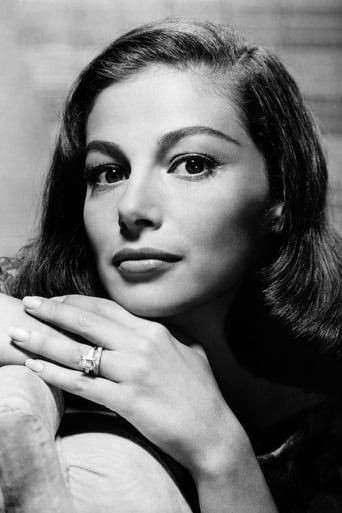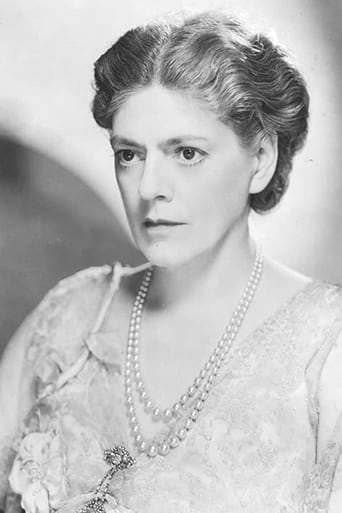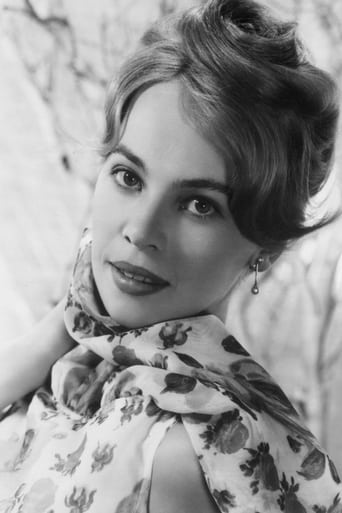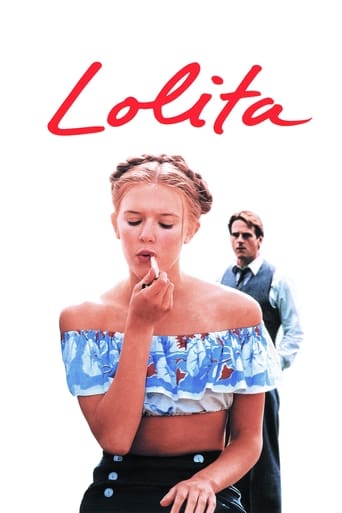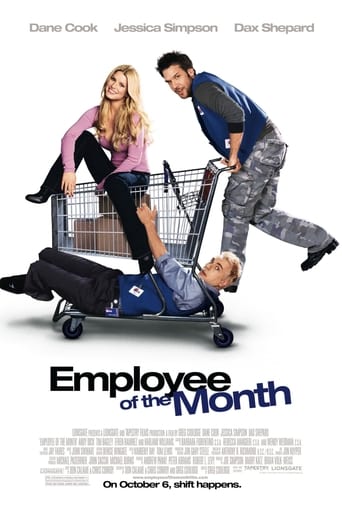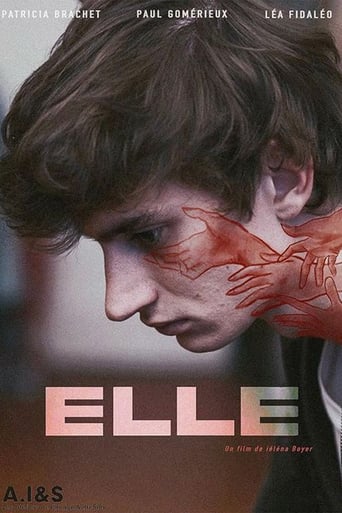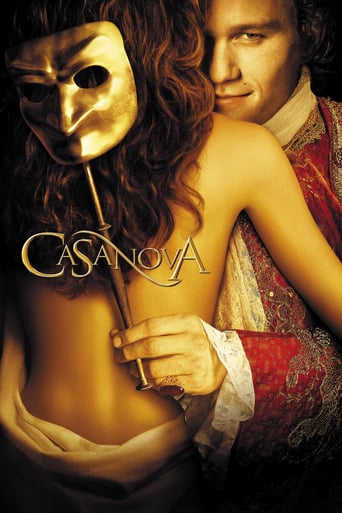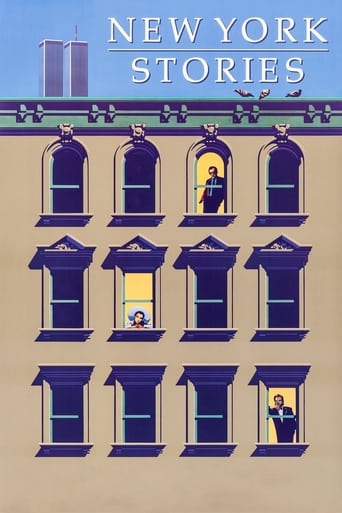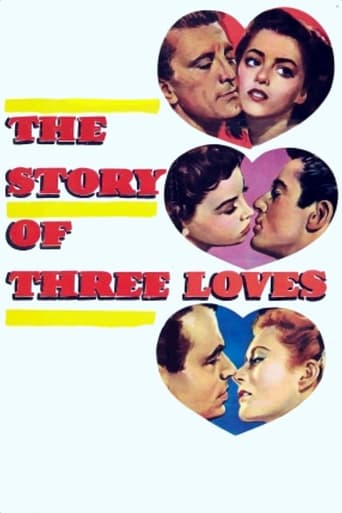
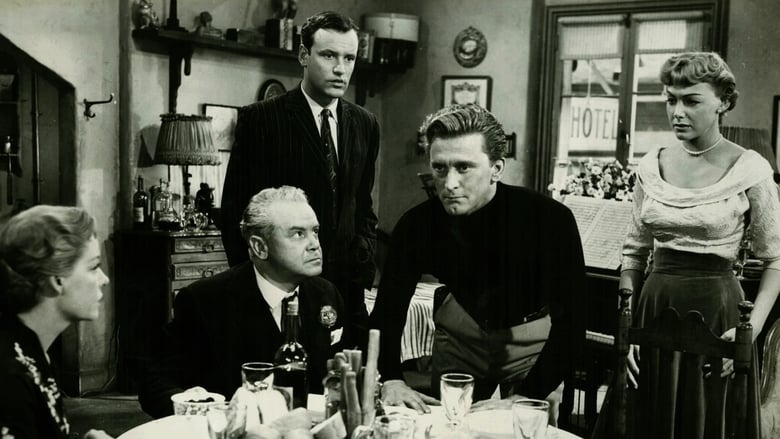
The Story of Three Loves (1953)
Passengers on an ocean liner recall their greatest loves.
Watch Trailer
Cast
Similar titles
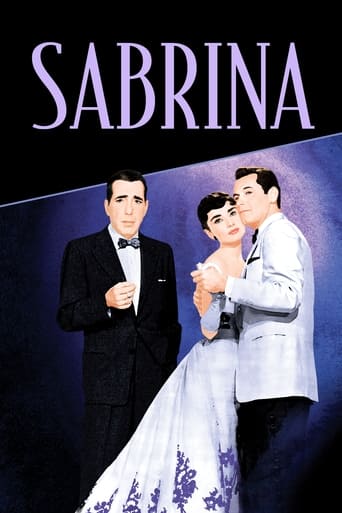
Reviews
Simply Perfect
Good concept, poorly executed.
Bad Acting and worse Bad Screenplay
The plot isn't so bad, but the pace of storytelling is too slow which makes people bored. Certain moments are so obvious and unnecessary for the main plot. I would've fast-forwarded those moments if it was an online streaming. The ending looks like implying a sequel, not sure if this movie will get one
I'm a very sentimental person, as my wife would tell you, and typically enjoy an old-fashioned love story on film, but this film struck me as odd. During the intro to the film I was intrigued--three love stories woven together on a ship. I thought that we would see how the characters from each story interacted on the ship, and how that interaction was both influenced by the love stories that came before, and how that interaction affected the lives of the individuals going forward.But that wasn't the case at all. The ship serves as nothing more than a vehicle for introducing the characters from each vignette, and the characters never meet or interact. And the vignettes are so disparate in concept that it makes the whole film seem uneven. Consider that the first story is about ballet and heart attacks, the second about witches and wishes, and the third about suicide and circus trapeze artists.And within the stories there were issues that nagged me. James Mason was great in the first vignette, until the young lady begins dancing in his studio. Then his comments/critique of her dancing--"That's it, that's it, higher, higher..." seemed silly. It worked much better once he was just quiet and the dance became the focus. Otherwise, his comments broke the magic. And in the final segment on the trapeze, the American hiring circus acts goes from "How can I buy an act unless I see it EXACTLY as it is to be preformed for audiences?" to "I'll pay ANYTHING for this act!" in one short minute. Add to that that none of the American actors portraying french men and women in this vignette have a french accent (I suppose that is better than a bad accent) while the non-American actors do have accents, and it just comes across as odd. This accent issue is also amplified by the fact that the second vignette of the young boy who gets his wish to be a man has an underlying storyline about speaking french properly! So we go from one extreme to the other throughout the film.I can't help but believe that this film was three story ideas none of which had enough depth or breadth to carry a film on their own, and the ship deck mechanism was invented in order to pull together some less than perfect film ideas.
Although this movie has three rather uneven stories in separate segments, the overall package succeeds, is quite beautiful artistically and is highly entertaining. For once, I think this movie on IMDb is UNDERRATED. However, I must say that I've seen this film several times and it did get better the more I watched it.The first story is the best. It concerns Moira Shearer as a ballerina who has a heart condition but MUST dance, as to her ballet is a compulsion. The music by Rachmaninof is VERY haunting and I got it stuck in my brain for weeks following the movie. This segment reminded me of The Red Shoes (also starring Shearer) but was thankfully MUCH shorter and interesting--a definite plus for those like me who really DON'T like ballet! The second is about as good and is a cute little fantasy involving a little boy who is magically transformed, temporarily, into an adult. As a child, he said how much he hated his governess, but as a man, hormones kick in and he is naturally drawn to the vivacious Leslie Caron (who wouldn't be?). It's cute and a bit sad as well.The final is the weakest story about a trapeze artist who lost his last partner but now has discovered another,...and LOVE! It's a decent portion but is just overwhelmed by the quality of the other stories.
Several years ago, when I first saw this movie, I felt that it was melodramatic with awkward dialogue and clumsy direction, and not worth my time, except for the dancing segment with Moira Shearer and James Mason ("Jealous Lover"). After this recent viewing, I have a better appreciation of the finished product and wonder at the curious division of directors, Minnelli and Reinhardt, and committee of script writers, which may account for the structural and dialogue flaws in the film. Throughout the movie I had the curious feeling that the influence of the great team of Michael Powell and Emeric Pressburger was haunting the producion. Both script and direction fall short of their work, such as "The Red Shoes" or Stairway to Heaven." Yet on this second viewing I still felt it worth my time. First, the casts are well chosen and the camera loves them, especially the three female leads: Shearer, Caron and Angeli. One cannot find three more gorgeously photogenic and sensitive faces captured by Hollywood and its lenses than these -- and without excessive makeup. Being English, French and Italian (in that order), they also embody the international strength of post-war Hollywood, and are strong complements for the male leads, Mason, Granger and Douglas, all of whom made their careers in America (Mason was born English, I believe). These three leading ladies were certainly chosen for their youthful radiance and sensitivity, and the luminous close-ups plus the saturated color and lush music by the great Rozsa (who appears as the conductor in the first segment) lend a baroque richness to each of the segments reminiscent of Visconti's "Senso," or possibly even "Il Gattopardo."Second, the camera work and lighting are excellent, both subtle and dramatic at the same time, fully enhancing the flashback aspect and sense of fantasy in all of the stories and revealing the delicacy and individuality of the three women, not to mention the great Agnes Moorehead in the first segment. The delicacy of Shearer, Caron and Angeli with the differences in each of their coloring and bone structure, contrasts dramatically with their respective male leads, the forceful articulateness of Mason (given an incredibly weak script stilted and overwrought when compared to P & P's dialogue for Lermentov in "Red Shoes"), the boyish tenderness of Granger in the second segment, and the snappy personality of Douglas in the high wire segment.In the latter, which other reviewers seemed to like the least, I found Angeli's combination of vulnerability and inner strength very moving, all of the emotion held back, but pouring out of those great expressive eyes. Her subtlety provided the proper foil for Douglas's aggressive, almost animal energy and line delivery. I am not by any means a fan of Douglas (except for his "Lust for Life"), but I liked him in "Equilibrium," and was impressed that most of the aerial stunts seemed to have been done by him. Certainly the circumstances of the war that led to Angeli's suicide attempt in the story lent a depth to the plot that was very much of the time and may be difficult for Americans to understand today. However, Europeans were still deeply affected by the war even in the mid-fifties (see "Act of Love," another film of Douglas's). What each of the female stars gave to the film, as the focus of the "three loves" of the title -- Shearer in her role as a ballerina with the exquisite choreography by Frederick Ashton (celebrating the centennial of his birth this year); Caron, in an early non-dancing part actually using her French in the dialogue if not in the poems by Verlaine; and in Angeli cast as a victim of the war-- was a sense of authenticity and genuineness. I find these qualities very much lacking in the majority of American films, certainly those made by recent directors. One final thing I liked about "Equilibrium" was showing how Douglas trained Angeli step by step in the high wire act to build up her strength and courage. One doesn't usually see this in a film. It also looked as if Angeli did her own stuntwork. Even if she didn't, it was effectively shot.In all, a film worthy of renewed viewing. Of four ****, I give three and a half
I was a college sophomore in 1953 when Rachmaninoff's "Rhapsody on a Theme of Paganini" was near the top of the charts. (Yes, believe it or not, there was a time when good music was popular!) At the time, I knew it was featured in a movie, and I probably knew the title, but I never saw it. Over the years I forgot the movie title, but "Rhapsody" was always a favorite. Occasionally I puzzled over the movie that popularized it, but I couldn't remember what it was. This morning I discovered "The Story of Three Loves" (1953) on Turner Classic Movies, and there was Moira Shearer dancing to Rachmaninoff. I didn't have time to see the movie when it was new, but at least I solved the mystery for myself, and this time I won't forget. I thought the whole thing was charming. Speaking of shades of the future, in the first scene of the aerialist segment, "Equilibrium," Pier Angeli attempted suicide but was saved by Kirk Douglas. In real life, she succeeded in killing herself with a phenobarbital overdose in 1971.
